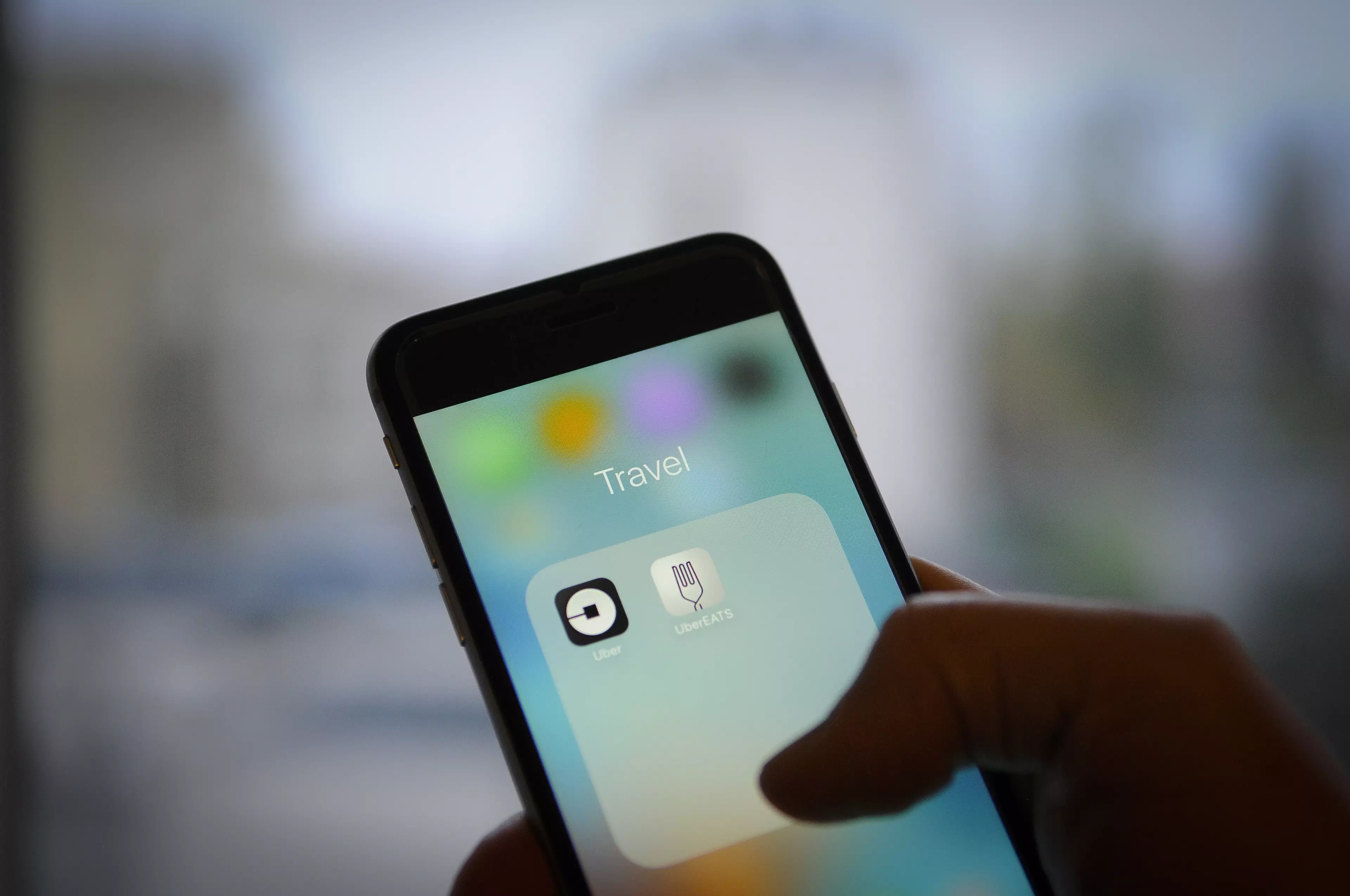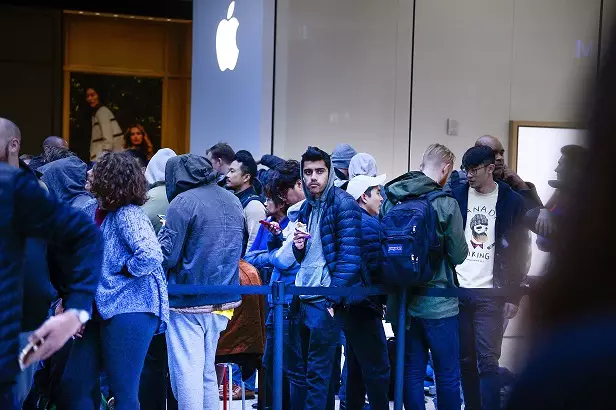
Through bitter experience, we all know iPhone charging cables are pretty bloody flimsy and always seem to break, but when it comes to replacing a battered one, it can be quite expensive to go for the real deal - which is why many people go for cheaper knock-offs.
However, in a report published by Electrical Safety First, researchers found that 98 percent of counterfeit iPhone chargers had the potential to cause fatal electric shocks or house fires.
The researchers carried out safety tests on fake and lookalike and counterfeit chargers, including 50 that had been purchased in the UK. Of the chargers tested, all but one failed one or more of the tests. One in three even failed every part of the test.
Advert
Martyn Allen, Technical Director at Electrical Safety First, said: "It is extremely concerning that 49 out of 50 UK chargers we tested failed basic safety checks.
"This report shows that anyone purchasing an iPhone charger from an online marketplace or at an independent discount store is taking a serious risk with their safety.
"The vast majority of chargers we tested had the potential to deliver a lethal electrical shock or cause a fire," Allen continued.

Credit: PA
Advert
The results of the report follows recent news that teenager Le Thi Xoan died in Vietnam after she was electrocuted in her sleep by a faulty iPhone charger. The 14-year-old girl was found unconscious by her parents and was rushed to hospital, but doctors weren't able to revive her.
The burnt cable is being investigated by police, who believe a slight tear in the rubber casing may have exposed the live wires inside. Tape had also been wrapped around the end of the cable, indicating that she was aware of its fault.
With the report, researchers hope to help raise awareness of the serious threat that counterfeit products can pose.
"The vast majority of chargers we tested had the potential to deliver a lethal electrical shock or cause a fire," Allen continued.
Advert
"We're urging people to take care when buying a charger and recommend buying directly from trusted retailers only.
"When you buy a fake, at best you could damage your phone but at worst you could be putting your life, your family and your home at risk."

Customers queue outside an LA Apple Store to buy the new iPhone X. Credit: PA
Advert
There are a number of ways you can check for counterfeit chargers, as the report outlines.
For instance, look for different text and markings on the plug face (such as missing markings or spelling mistakes), check the USB port (a genuine charger has a serial number at the back of the USB port), or feel its weight (most real chargers are usually at least 40g, whereas fakes often feel lighter).
Sure, knock-off chargers may often be cheaper, but considering that the report showed that almost half failed even the basic safety requirements, it might just be worth splashing out that bit more next time.
Featured Image Credit: PATopics: Phones and Gadgets, World News, UK News, News, Mobile Phones, Apple, iPhone